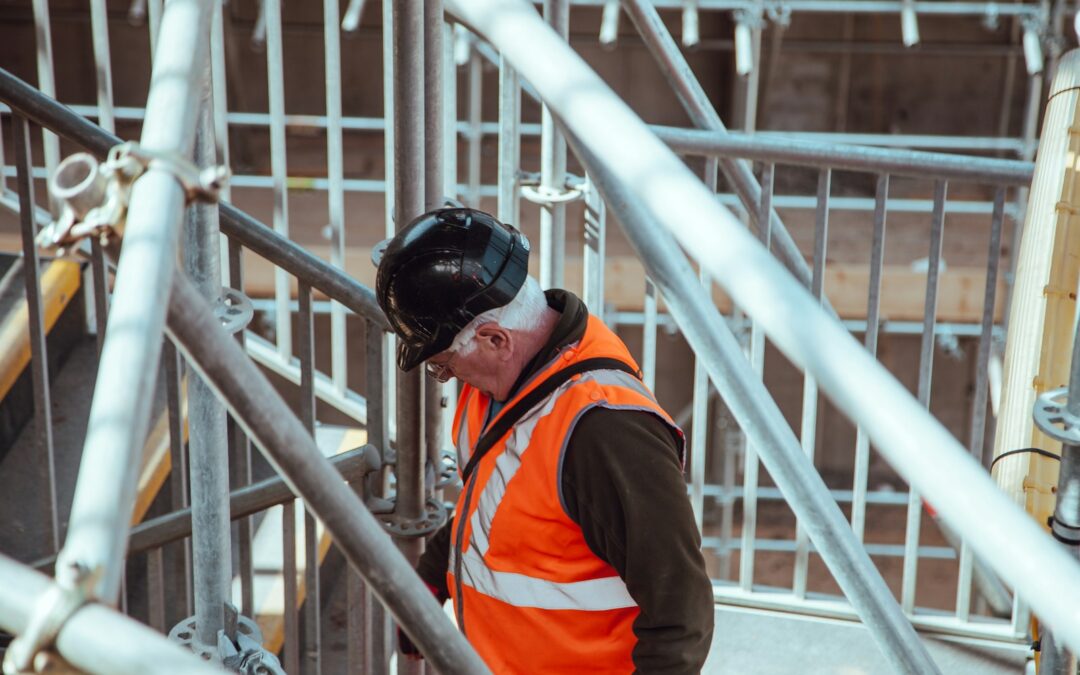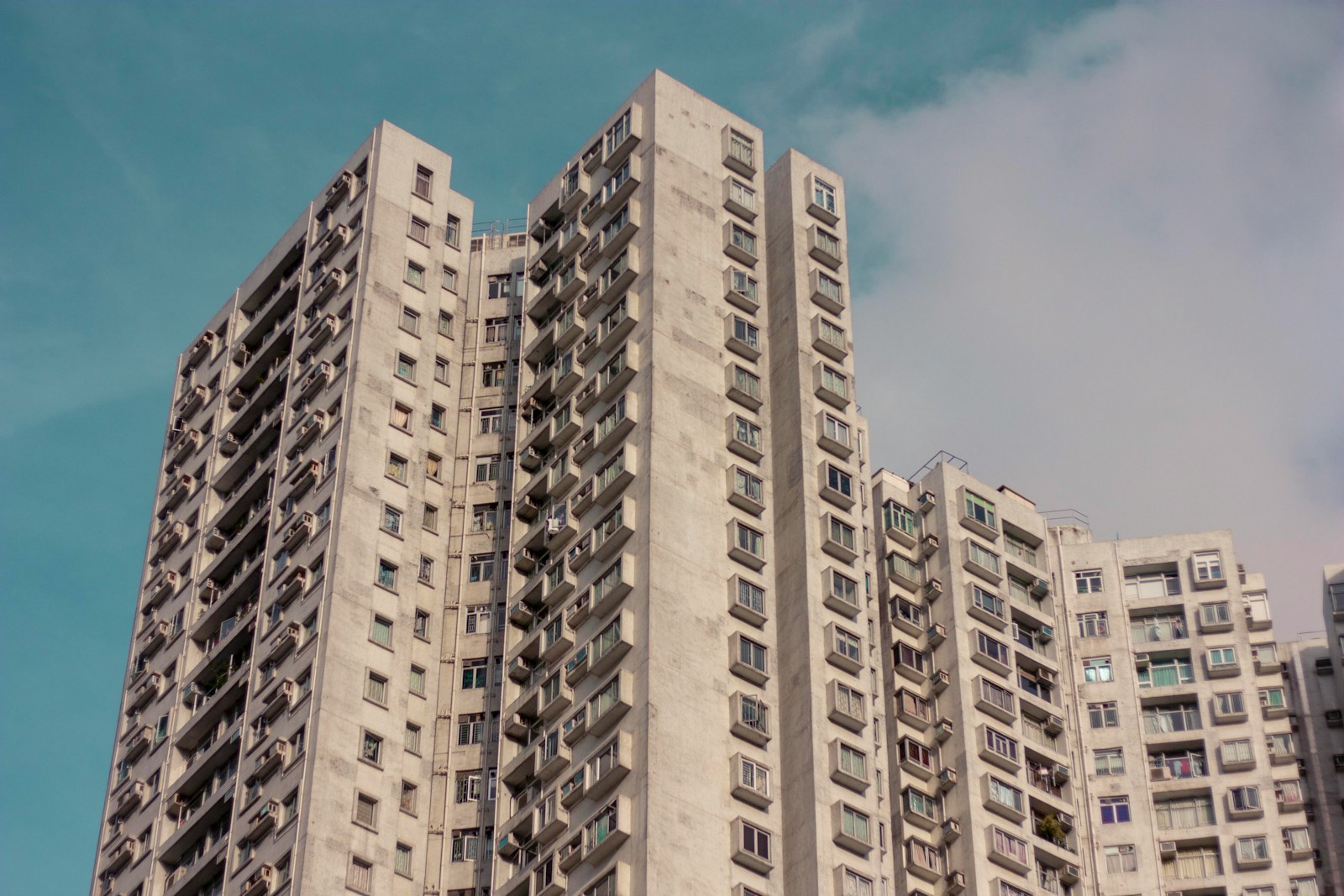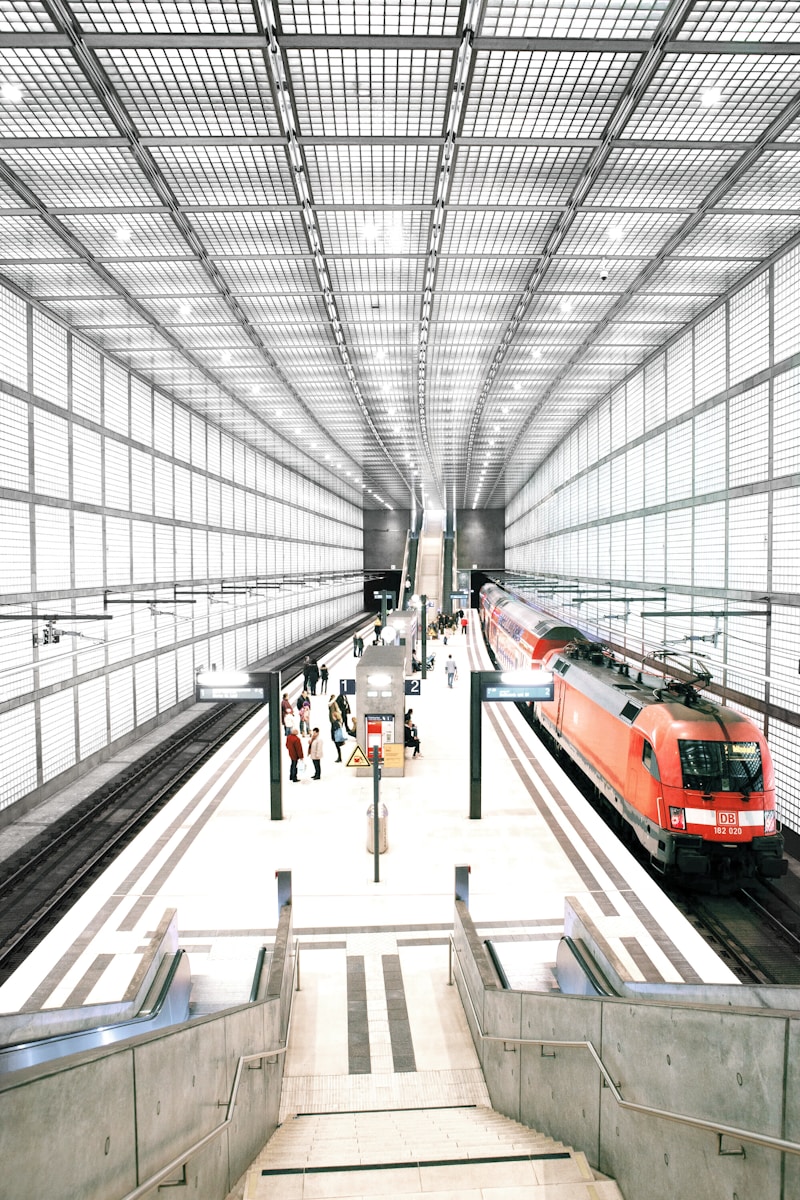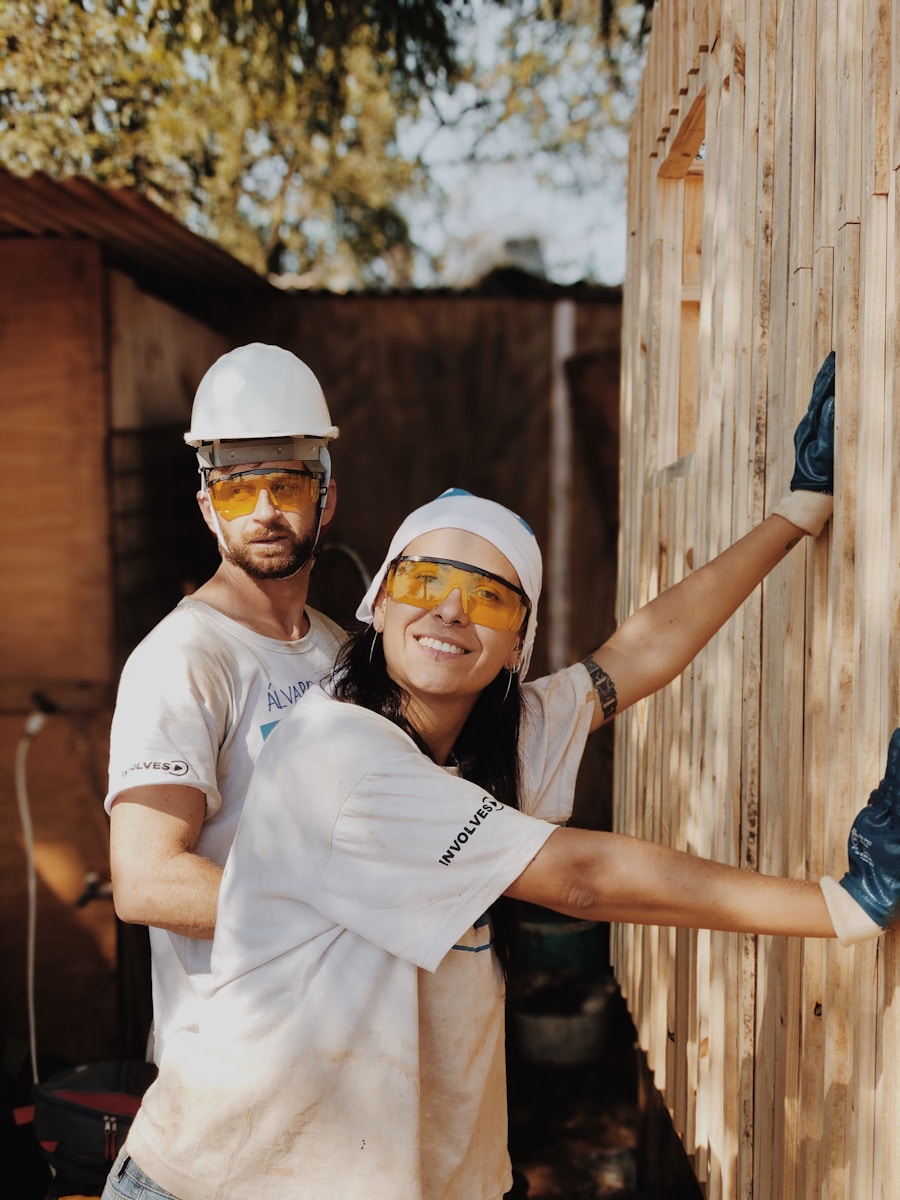The Role of Digital Twins in Modern Building Safety
Revolutionizing Building Safety with Digital Twins
Digital twins for building safety have revolutionized how we approach the safety and resilience of buildings. These digital replicas of physical structures enable detailed simulations and analyses of potential hazards, offering a proactive approach to risk management. This technology leverages real-time data to create a dynamic model that mirrors the actual building, allowing stakeholders to visualize and address safety concerns before they manifest in reality.
In Saudi Arabia and the UAE, digital twins are becoming integral to urban development projects. In Riyadh, for instance, digital twins have been used to simulate the effects of earthquakes on high-rise buildings, identifying structural vulnerabilities and informing necessary reinforcements. Similarly, in Dubai, the technology has been applied to coastal developments to assess the impact of rising sea levels and extreme weather events, ensuring that infrastructure is built to withstand these challenges.
By integrating digital twins into the planning and construction phases, developers can ensure that buildings meet the highest safety standards. This preemptive approach not only enhances the resilience of structures but also reduces the long-term costs associated with maintenance and emergency repairs. Moreover, it aligns with the broader goals of smart cities, which aim to leverage technology for sustainable and safe urban environments.
Simulating and Analyzing Potential Hazards
The ability of digital twins for building safety to simulate and analyze potential hazards is one of their most significant benefits. These simulations can cover a wide range of scenarios, including natural disasters like earthquakes and floods, as well as man-made risks such as fires and structural failures. By modeling these events in a virtual environment, engineers and architects can identify weaknesses and develop strategies to mitigate risks effectively.
In the UAE, digital twins have been used to simulate fire scenarios in large commercial buildings. These simulations provide insights into how fire spreads and how evacuation procedures can be optimized to ensure the safety of occupants. Additionally, the data gathered from these simulations can inform the design of fire suppression systems and emergency response plans, making buildings safer and more resilient.
In Riyadh, digital twins have been instrumental in assessing the impact of high temperatures and extreme weather conditions on building materials and structural integrity. By analyzing how different materials respond to these stresses, developers can choose the best options for long-term durability and safety. This proactive approach ensures that buildings are not only safe but also sustainable, capable of withstanding the test of time and environmental changes.
Enhancing Resilience Through Real-Time Data and Continuous Monitoring
One of the key advantages of digital twins for building safety is their ability to utilize real-time data and continuous monitoring to enhance resilience. Sensors embedded in buildings collect data on various parameters such as temperature, humidity, structural strain, and energy consumption. This data is then fed into the digital twin, creating an up-to-date and accurate representation of the building’s current state.
In Dubai, smart buildings equipped with digital twins continuously monitor structural health and energy efficiency. Any anomalies or deviations from the norm are quickly identified, allowing for immediate corrective actions. This real-time monitoring not only prevents minor issues from escalating into major problems but also optimizes building performance and energy use, contributing to sustainability goals.
In Saudi Arabia, the integration of digital twins with blockchain technology ensures the security and integrity of data. This combination enhances transparency and trust, as all modifications and updates to the digital twin are securely recorded. It also facilitates collaboration among various stakeholders, including developers, engineers, and emergency responders, ensuring that everyone has access to the latest information and can make informed decisions to enhance building safety.
Conclusion
In conclusion, the use of digital twins for building safety represents a significant advancement in how we approach the resilience and safety of structures. By simulating and analyzing potential hazards, integrating real-time data, and employing continuous monitoring, digital twins provide a comprehensive and proactive solution to risk management. Case studies from Saudi Arabia and the UAE illustrate the transformative impact of this technology in enhancing the safety and sustainability of buildings. As urban environments continue to evolve, digital twins will play a crucial role in ensuring that our cities are prepared for the challenges of the future.
#DigitalTwins #BuildingSafety #SmartCities #RiskManagement #ArtificialIntelligence #ModernTechnology #SaudiArabia #UAE #Riyadh #Dubai #Sustainability #ExecutiveCoaching #Leadership #ProjectManagement









